Best Server OS in 2024 in Five Categories
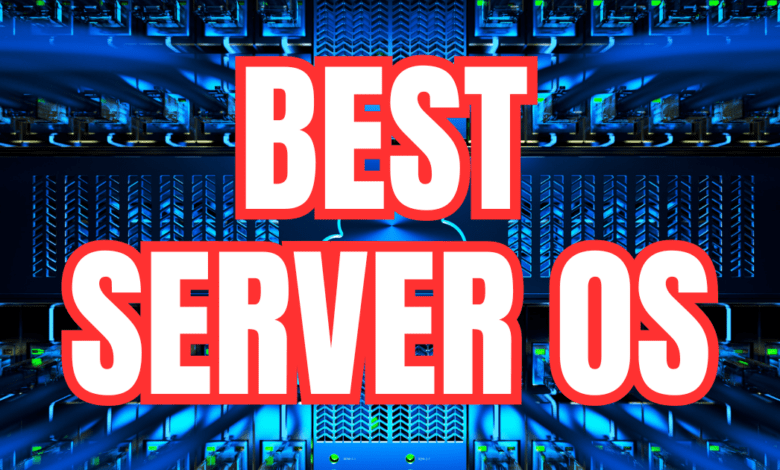
When thinking about the best server operating system in 2024, there are a wide range of use cases that servers are used for. Given the wide variety of those use cases, it would make sense to list the best server OS in each category. From virtualization and containers to file sharing and security, this guide explores the best server OS in 2024 across five key categories. We will attempt to provide insights into their functionalities and how they stack up in terms of advantages and drawbacks across the server OS options.
Table of contents
Hypervisors
Hypervisors are a hot topic right now especially with the shakeup in the industry with the Broadcom buyout of VMware. Hypervisors are the platform that started the virtualization movement in the early 2000’s and are still important today, even with the shift to containerization and cloud. They for the basis for other server operating systems ran in the enterprise and home lab today. They are a dedicated server that allows running multiple operating system instances in virtual machines. Let’s look at the best server os in 2024 for virtualization.
1. VMware ESXi
Despite the recent buyout of VMware by Broadcom, VMware ESXi is still the absolute best hypervisor on the market when you strictly look at features, capabilities, polish, and the ecosystem, and not price. It is a market leader and has been in the virtualization space, providing a bare-metal type-1 virtualization platform that can do it all when building private clouds. It is still yet to be seen the entire fallout from the Broadcom acquisition.
It allows for direct installation on server hardware, optimizing resource management and minimizing overhead. VMware ESXi has powerful management tools built-in and extensive support for various guest operating systems.
- Pros:
- Best features and capabilities among its peers
- Best management and administration
- High efficiency and performance
- Wide range of supported operating systems.
- Robust ecosystem
- Cons:
- Bought by Broadcom
- Prices have drastically increased
- Broadcom has killed free ESXi and all of the perpetual products
- New software bundles will mean customers have to buy products they don’t need to get the products they actually need
2. Nutanix
Nutanix has been a long time competitor in the enterprise space with VMware and others. They have a really great solution for running virtual machines, HCI, VDI, and other solutions. Now with the tremendous price increases with the VMware by Broadcom purchase, Nutanix is set to acquire many new customers. The Nutanix platform includes its own hypervisor, AHV (Acropolis Hypervisor), which is built for enterprise cloud environments. AHV is designed to be straightforward, reducing the complexity of virtualization management while providing a scalable and secure infrastructure.
- Pros:
- It makes things simple as an all-in-one HCI solution.
- AHV hypervisor is included at no additional cost when you buy into the solution
- It has a simplified management interface which makes it a good choice for VMware customers looking to jump ship
- Cons:
- While AHV is powerful, some organizations may require features available in more established hypervisors like VMware ESXi or Microsoft Hyper-V.
- Nutanix solutions can be very expensive, just like VMware
- It doesn’t have as many third-party integrations as VMware
3. Proxmox VE
Proxmox VE is the “home lab darling” that combines being able to run KVM virtual machines and LXC containers. It has good management tools for running virtual machines and containers. It’s an open-source solution and many are looking at it as a possible alternative to expensive enterprise hypervisors like VMware and others.
- Pros:
- Open-source and free to use, with optional paid support.
- Integrated support for both VMs and containers.
- User-friendly web interface for management.
- Cons:
- Steeper learning curve for users unfamiliar with Linux.
- Community support varies in responsiveness.
4. XCP-ng
XCP-ng is an open-source hypervisor platform that is based on XenServer. It provides basic server virtualization environmen that allows creating and managing virtual machines. It can be used by both small and large-scale infrastructures and is a cost-effective alternative to other commercial hypervisors
- Pros:
- Completely open-source, providing a free alternative to other hypervisors with the option for paid support.
- Broad compatibility with various operating systems for guest VMs.
- Active community support, alongside professional support options.
- Offers a robust set of features including live migration, disaster recovery, and high availability.
- Cons:
- May require more hands-on management and configuration compared to more integrated solutions like VMware or Hyper-V.
- The user interface, while functional, may not be as polished or intuitive as those of commercial competitors.
- Some advanced features might require additional setup or third-party tools compared to out-of-the-box solutions.
5. Microsoft Hyper-V
Hyper-V is Microsoft’s hypervisor that they say they use in everything. It is is integrated into Windows Server and Windows client operating systems. It offers a great solution for Windows-centric environments and has support for Linux guests as well. It is easy to use for Microsoft customers.
- Pros:
- Seamless integration with Windows environments.
- Broad support for Linux distributions as guest OSes.
- Good scalability and security features.
- Cons:
- May require additional licensing costs for advanced features.
- Best features are mainly available on Windows Server editions.
Containers and Kubernetes
Most organizations today are running containers and Kubernetes workloads for production microservices. Containers are great for web servers, APIs, databases, and many other business applications. A lot of businesses and home labbers alike do web hosting or run a web server on container platforms like Docker. Kubernetes is the defacto container orchestration platform used worldwide. Let’s look at the best server os in 2024 for containers and Kubernetes.
1. TalosOS
TalosOS is a modern operating system designed specifically for Kubernetes and containerized environments. It is engineered with security and immutability and provides a minimal, API-driven platform for running Kubernetes clusters. By stripping away unnecessary components and focusing on the essentials for Kubernetes, TalosOSenhances security and simplifies the management of containerized applications.
- Pros:
- Highly secure by design, with a read-only root filesystem and all mutable state confined to in-memory file systems.
- Simplifies Kubernetes cluster management through an API-driven approach, reducing the potential for human error.
- Minimalist design reduces the attack surface and improves system performance.
- Open-source project with active community support and development.
- Cons:
- The learning curve for those new to API-driven OS management or Kubernetes.
- Limited in scope to container and Kubernetes environments, which might not suit all use cases.
- As a relatively new and specialized platform, it may lack some features found in more established server OSes.
2. Flatcar Container Linux
Flatcar Container Linux is forked from CoreOS’s Container Linux. It’s a purpose-built OS for container workloads that many want to run and is also immutable, and it supports automated updates. It is a go-to choice for many who want to build out a private or public cloud for their container apps to run.
- Pros:
- Immutable filesystem enhances security and reliability.
- Optimized for containers, offering minimal overhead.
- Seamless updates without disrupting running applications.
- Cons:
- Limited use outside container environments.
- Smaller community and ecosystem compared to other Linux distributions.
3. Fedora CoreOS
Fedora CoreOS is the successor to CoreOS Container Linux. It is aimed at creating a secure and easy-to-manage platform for modern containerized applications. It combines the provisioning tools and automatic update model of Container Linux with the packaging technology, OCI support, and SELinux security of Fedora.
- Pros:
- Automatic updates keep the system secure with minimal user intervention.
- Built-in support for container orchestration platforms like Kubernetes.
- Strong community support and integration with the Fedora ecosystem.
- Cons:
- The automatic update process might introduce unexpected issues if not properly managed.
- Relatively new, with evolving documentation and support resources.
4. Bottlerocket
Bottlerocket is an open-source OS built by Amazon Web Services (AWS). It is also purpose-built for running containers on virtual machines or bare metal. It has really good security, management, and performance in cloud environments. Bottlerocket includes only the bare essentials to run containers and this aspect helps to reduce the overall attack surface.
- Pros:
- Minimalist design improves security and performance.
- Supports atomic updates, reducing downtime and update complexity.
- Integrated with AWS ecosystem, offering streamlined deployment and management.
- Cons:
- Primarily tailored for AWS, which may limit its use in other cloud or on-premises environments.
- Limited package availability outside of container workloads.
5. Elemental by Rancher
Elemental by Rancher is a lightweight, immutable Linux distribution. It is designed for deploying and managing containers and Kubernetes at the edge. It’s built to provide a secure, minimal base for edge computing environments, where resources are limited. Elemental provides seamless integration into the Rancher management solution ecosystem.
- Pros:
- Optimized for edge computing with minimal overhead and high reliability.
- Seamless integration with Rancher for easy management of clusters.
- Immutable and secure by design, reducing vulnerability and maintenance overhead.
- Cons:
- Focused on edge environments, which might not suit traditional data center deployments.
- Being part of the Rancher ecosystem, it might require familiarity with Rancher’s tools for best results.
File Server
One of the most basic server roles for the past several decades is the file server role. A file server can reside on a Linux or Windows Server and include many features to facilitate the hosting of file resources. Since file servers generally need to be available at all times, they require dedicated server operating systems running on Linux and Windows, or Unix based operating systems. Let’s look at the best server os in 2024 for file servers.
1. Windows Server
Windows Server is used by just about everyone the world over and is known by admins (either love or hate). It has the tight integration with Windows-based environments running Active Directory Domain Services (AD DS) which makes assigning permissions and other management easy.
Of course Windows dedicated servers can house many other business critical applications like Microsoft SQL Server. The Windows Server OS supports a range of storage solutions and protocols.
- Pros:
- Microsoft Windows Servers provide easy integration with Windows environments and Active Directory.
- Wide support for file-sharing protocols and services.
- Robust security and management features.
- Cons:
- Licensing costs can be significant, especially for enterprise features.
- Can be resource-intensive compared to other solutions.
2. TrueNAS Core and TrueNAS Scale
TrueNAS CORE and TrueNAS Scale are open-source NAS solutions that provide excellent storage capabilities including serving as a basic file server. TrueNAS includes a wide range of features for data protection, including ZFS file system support.

- Pros:
- Comprehensive data protection features with ZFS.
- Open-source with a strong community.
- Scalable and flexible storage options.
- Cons:
- Requires some knowledge of ZFS for optimal configuration.
- Hardware requirements can be high for advanced features.
3. OpenMediaVault
OpenMediaVault is designed for home and small office use and provides a straightforward and flexible NAS solution. It’s based on Debian Linux and supports various storage technologies and protocols.
- Pros:
- Easy to use with a web-based management interface.
- Flexible plugin system for additional features.
- Based on Debian, ensuring stability and security.
- Cons:
- Not as feature-rich as some enterprise solutions.
- Community support, while helpful, may not match the immediacy of paid support options.
4. Ubuntu Server
Ubuntu Server is a Linux server OS that needs no introduction. It powers many Linux servers and desktops today and offers flexibility and a wide range of software options. Especially with the direction of CentOS, and the open-source debacle of RHEL, Ubuntu has really picked up steam and is the choice for most spinning up a quick and easy Linux server. It’s compatible with common file-sharing protocols and services and it has a very easy to use and understand package manager.
- Pros:
- Large support community and extensive documentation.
- Supports a wide range of file systems and network protocols.
- Easy to integrate with existing Linux or mixed OS environments.
- Cons:
- May require more configuration and maintenance than specialized NAS solutions.
- Regular updates and upgrades are necessary to maintain security and performance.
5. Red Hat Enterprise Linux (RHEL)
Red Hat Enterprise Linux (RHEL) is a well-known operating system OS. It is known for its stability, scalability, and security in the enterprise datacenter. It is an excellent choice for file server deployments. However, many have been turned off by the changes in how Red Hat is licensed this past year.
RHEL Linux OS supports a wide range of workloads and provides robust tools for web, application, and database hosting server resources. It is based on a subscription model that provides support and updates. RHEL provides good documentation and is generally a trusted platform for critical enterprise applications.
- Pros:
- Highly stable and supported, with long-term maintenance phases.
- Extensive security features, including SELinux for enhanced access control.
- Strong ecosystem support, with a vast range of certified applications and hardware.
- Subscription model provides access to Red Hat’s support network and resources.
- Cons:
- The subscription model can be costly, especially for small businesses or non-production environments.
- May require more configuration and management effort compared to more user-friendly distributions.
NAS OS
1. TrueNAS Scale
TrueNAS SCALE provides enterprise-grade storage solutions with a focus on security and reliability. It supports a broad range of storage configurations and is ideal for businesses requiring good data protection.
- Pros:
- Advanced ZFS file system for maximum data integrity.
- Scalable to meet business needs.
- Strong community and professional support options.
- Based on Debian
- Cons:
- Can be complex to set up without prior experience.
- Hardware requirements can be demanding for utilizing all features.
2. OpenMediaVault
OpenMediaVault (OMV) is an open-source network-attached storage (NAS) solution that stands out with an easy to understand interface and features. It is designed to offer NAS services without the complexity, OMV is based on Debian Linux with a lot of features for both home and small office environments.
- Pros:
- Free and open-source, with a strong community support.
- User-friendly web interface for easy management.
- Extensible through plugins for added functionalities.
- Cons:
- May require some Linux knowledge for troubleshooting.
- Performance can vary based on hardware specifications.
3. Synology DSM (DiskStation Manager)
Synology’s DiskStation Manager (DSM) is the operating system behind Synology’s range of NAS devices. DSM is known for having an intuitive user interface, good security, and comprehensive suite of applications for data management, multimedia, and surveillance.
- Pros:
- Highly intuitive and user-friendly interface.
- Wide array of applications and services for versatile use cases.
- Regular updates and strong security measures.
- Cons:
- Tied to Synology’s NAS hardware, limiting its use to their products.
- Premium features and apps may require additional purchases.
4. TrueNAS CORE (formerly FreeNAS)
TrueNAS CORE is an open-source storage OS that delivers enterprise-grade data protection, file sharing, and snapshot capabilities. Based on FreeBSD, it supports ZFS for high data integrity and scalability, making it ideal for serious data storage needs.
- Pros:
- Powerful ZFS file system for maximum data integrity.
- Comprehensive data protection features including snapshots and replication.
- Large and active community for support and development.
- Cons:
- Based on FreeBSD
- Requires a good understanding of ZFS and storage concepts for optimal use.
- Hardware requirements can be high for advanced features and best performance.
5. Unraid
Unraid is a unique NAS OS that allows users to build and manage a storage server with unmatched flexibility. It supports mixed drive sizes, parity for data protection, and the ability to run applications in Docker containers and virtual machines.
- Pros:
- Flexibility to use mixed drive sizes and types.
- Easy expansion of storage capacity.
- Robust community support and a wide range of plugins.
- Cons:
- Not free, with pricing based on the number of drives used.
- The interface and setup might be intimidating for beginners.
Security
With server operating systems, security is a paramount concern. An OS designed with security as its core can provide a good foundation for protecting sensitive data and ensuring system integrity. Also, there are many operating systems designed for pentesting and other security tasks in mind. Here are several operating systems that stand out for their security features. Let’s look at the best server os in 2024 as a security OS.
1. Qubes OS
Qubes OS takes a unique approach to security by virtualizing different applications into isolated virtual machines. This separation ensures that if one part of the system is compromised, the breach doesn’t automatically endanger the entire system.
- Pros:
- Strong isolation between components increases security.
- Flexible enough to run applications with varying security needs side by side.
- Open-source, allowing for transparency and community vetting.
- Cons:
- High system requirements due to running multiple virtual machines.
- Steeper learning curve for users unfamiliar with its compartmentalized approach.
2. Tails
Tails is a live operating system that you can start on almost any computer from a USB stick or a DVD. It aims to preserve your privacy and anonymity by routing all internet connections through the Tor network and leaving no trace on the computer unless intentional.
- Pros:
- Ensures privacy and anonymity for sensitive tasks.
- Can be used on almost any computer without leaving a trace.
- Comes with pre-installed privacy-focused applications.
- Cons:
- Performance can be limited by running from USB/DVD.
- Requires a reliable Tor connection for most functionalities.
3. Kali Linux
Kali Linux is a Debian-based Linux distribution designed for digital forensics and penetration testing. It comes preloaded with hundreds of useful tools for hacking, network analysis, and security testing.
- Pros:
- Wide range of penetration testing tools and utilities.
- Strong community and developer support.
- Regular updates with new tools and features.
- Cons:
- Not recommended for daily use as a standard desktop OS.
- Some tools require a steep learning curve to use effectively.
4. Parrot Security OS
Parrot Security OS is similar to Kali Linux, offering a comprehensive suite of tools for security testing, digital forensics, and development. It’s designed to be both powerful and lightweight, ensuring it can run on lower-powered machines.
- Pros:
- Extensive collection of security and forensic tools.
- Lightweight, making it suitable for older hardware.
- Offers anonymity features similar to Tails.
- Cons:
- Like Kali, it has a specific use case and is not intended for general computing.
- The vast array of tools can be overwhelming for beginners.
5. Ubuntu Server with SELinux or AppArmor
Ubuntu Server is a popular choice for many server applications. It is well known and provides ease of use and great community support. While it is not a purpose-built security-focused OS with that purpose, it can be configured with SELinux or AppArmor for a really good security posture.
- Pros:
- Wide community and commercial support.
- Flexibility to configure with SELinux or AppArmor for enhanced security.
- User-friendly, with extensive documentation and tutorials.
- Cons:
- Requires additional setup to optimize security features.
- SELinux and AppArmor configurations can complicate system management for inexperienced users.
Wrapping up the best server os in 2024 across 5 categories
Did your favorite server operating system make our list of best server OS in 2024? What is your favorite distro if it didn’t? Which version or versions of server OS are you using and what factors do you consider when choosing? What optimization, programs, or packages are important to you?Needless to say, there are many great server operating systems out there. These are only suggestions of the best operating systems in each category among a myriad of server distributions. There are many distros to choose from and depending on whether the one choosing are administrators or developers, it can make a difference in the choices made. There are also other factors like user-friendliness, security updates, server management, hardware compatibility, long term support, backup, cloud computing, popularity and many other factors. Let me know in the comments your thoughts. Check out the VHT forums and toss around ideas with the community.







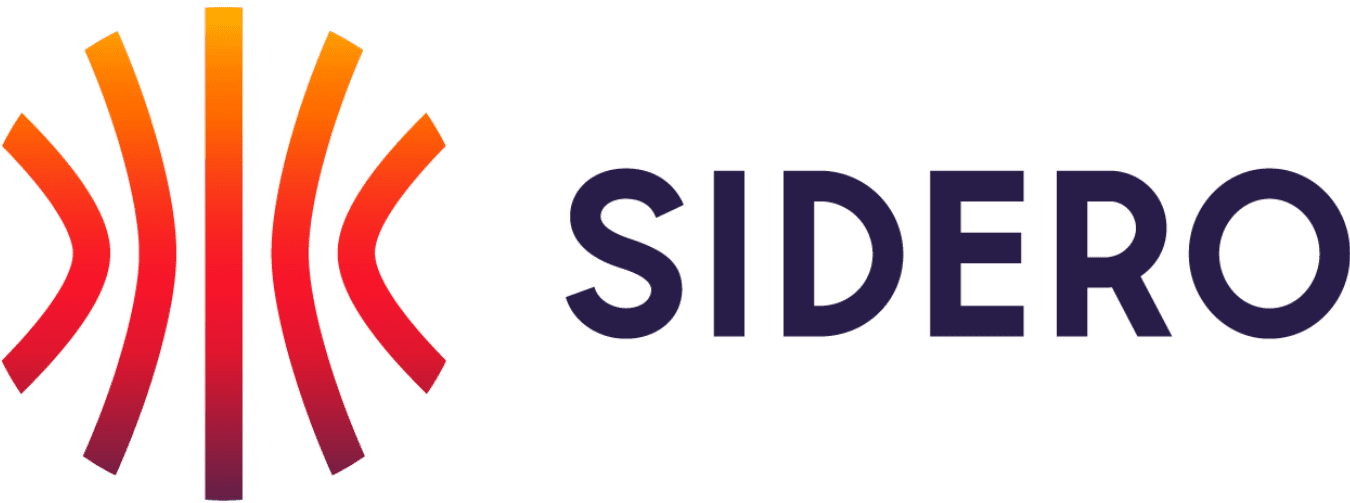
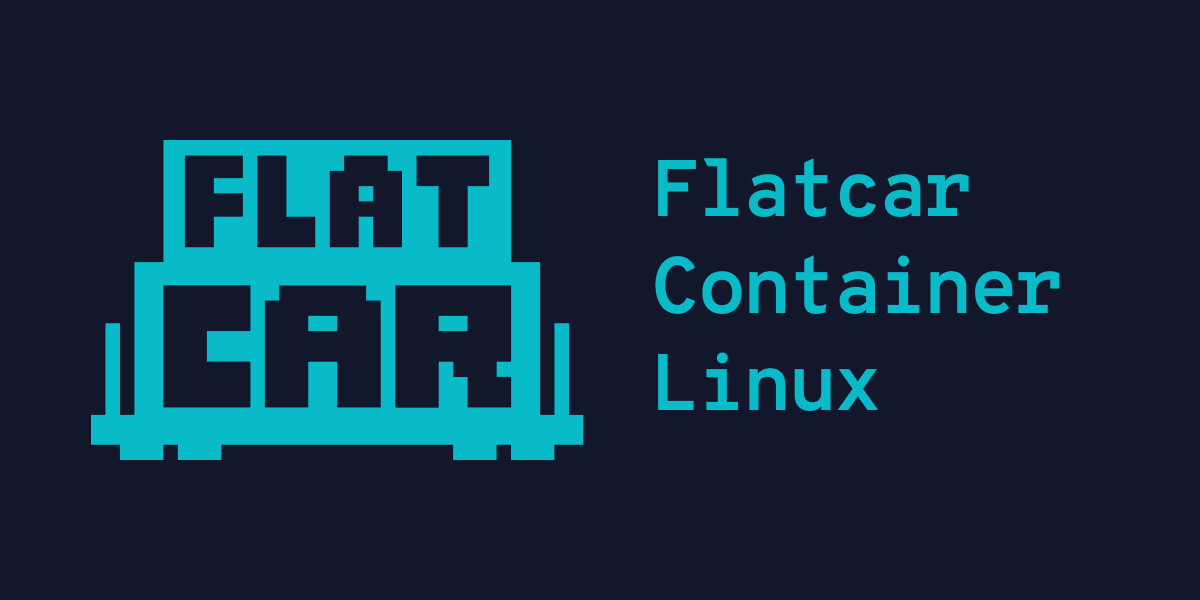

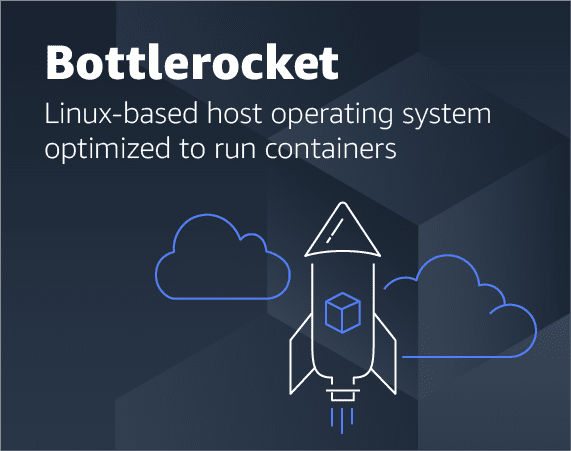

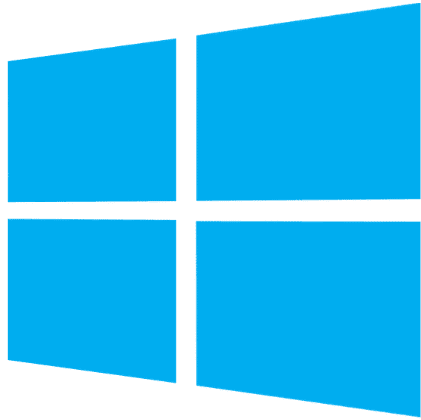
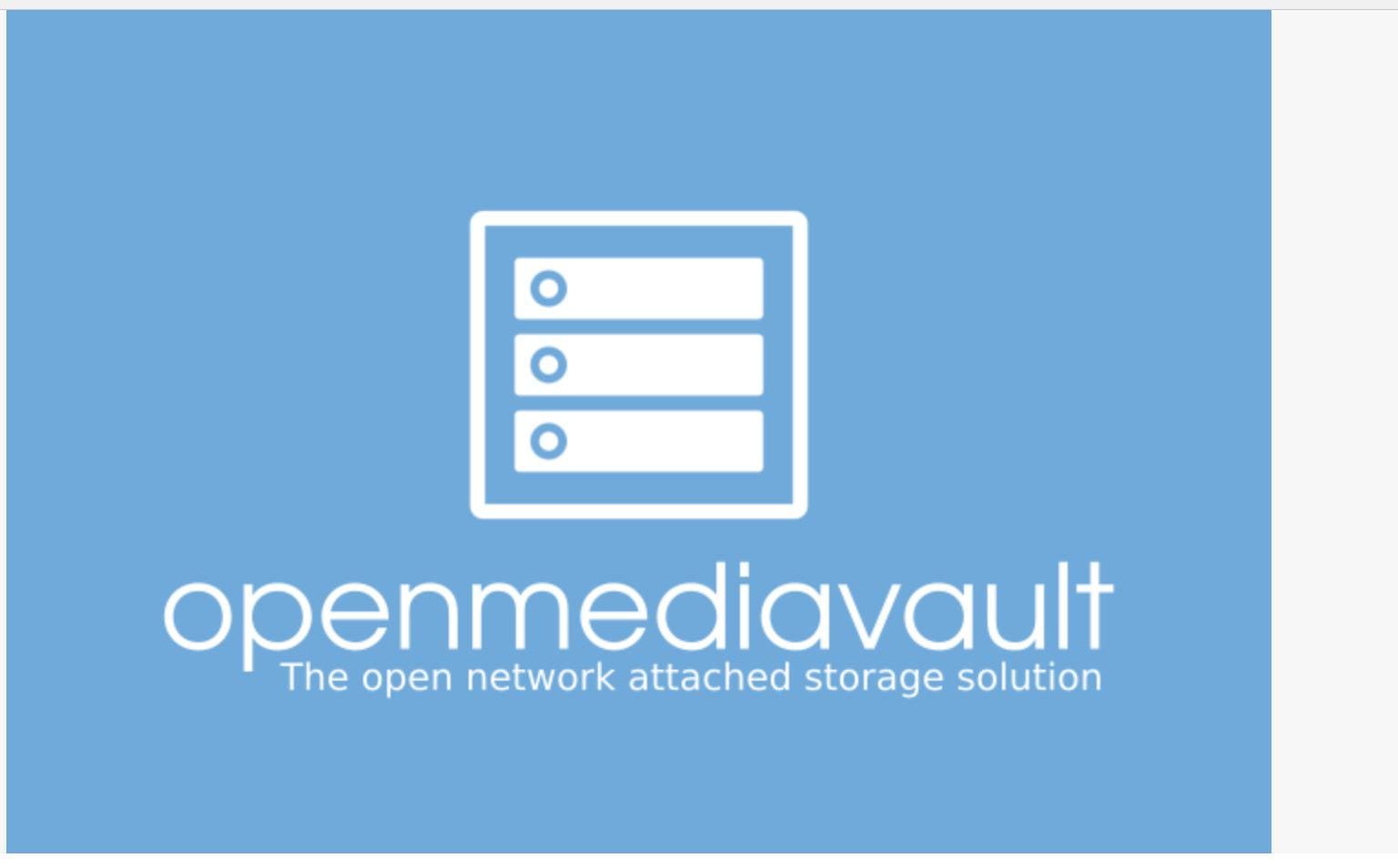



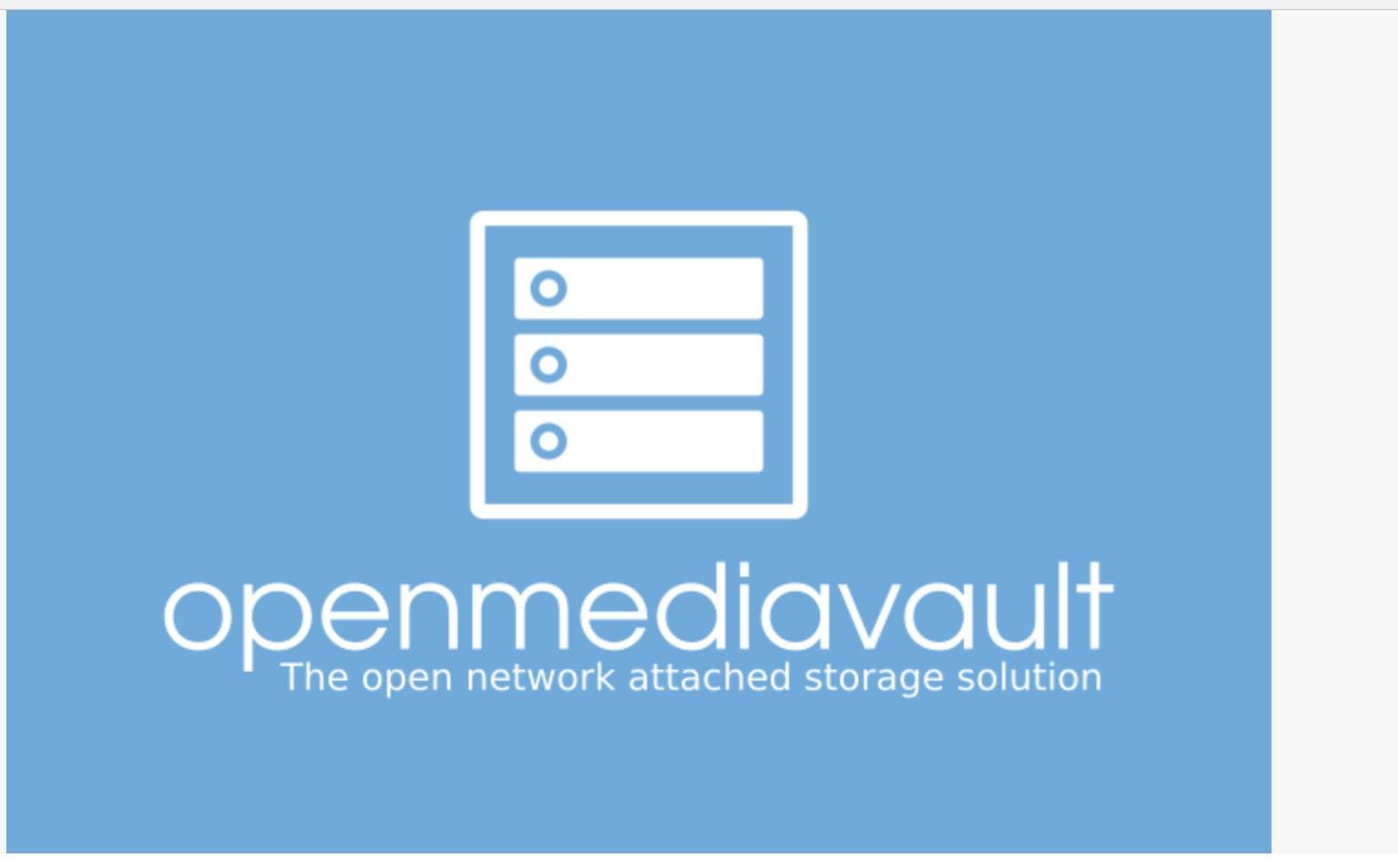


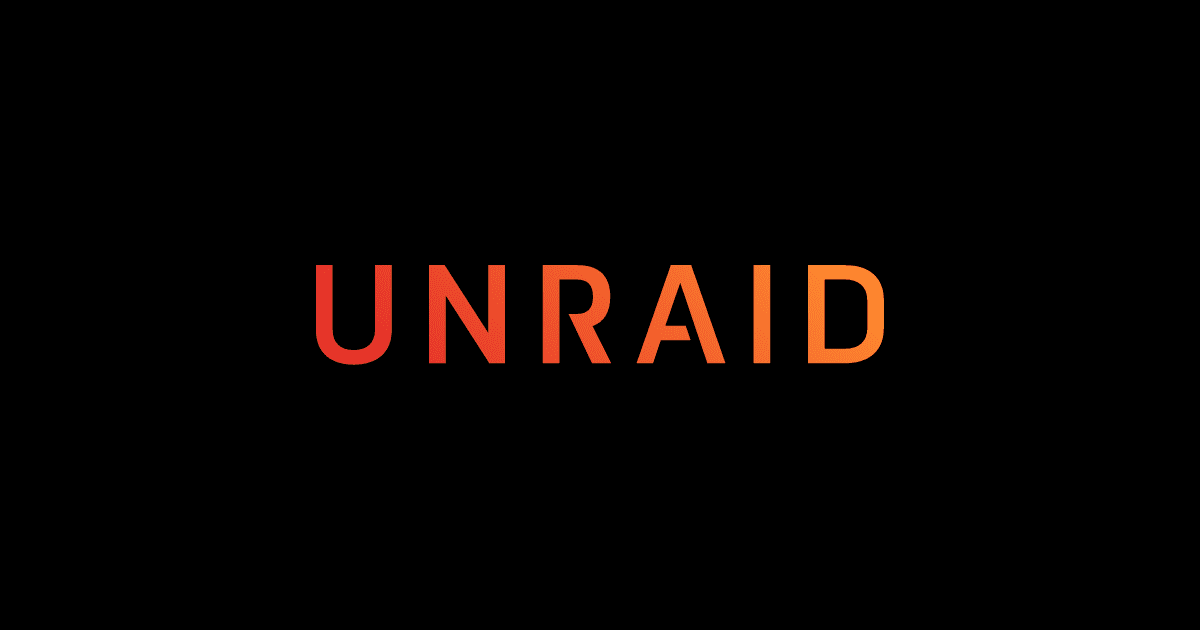

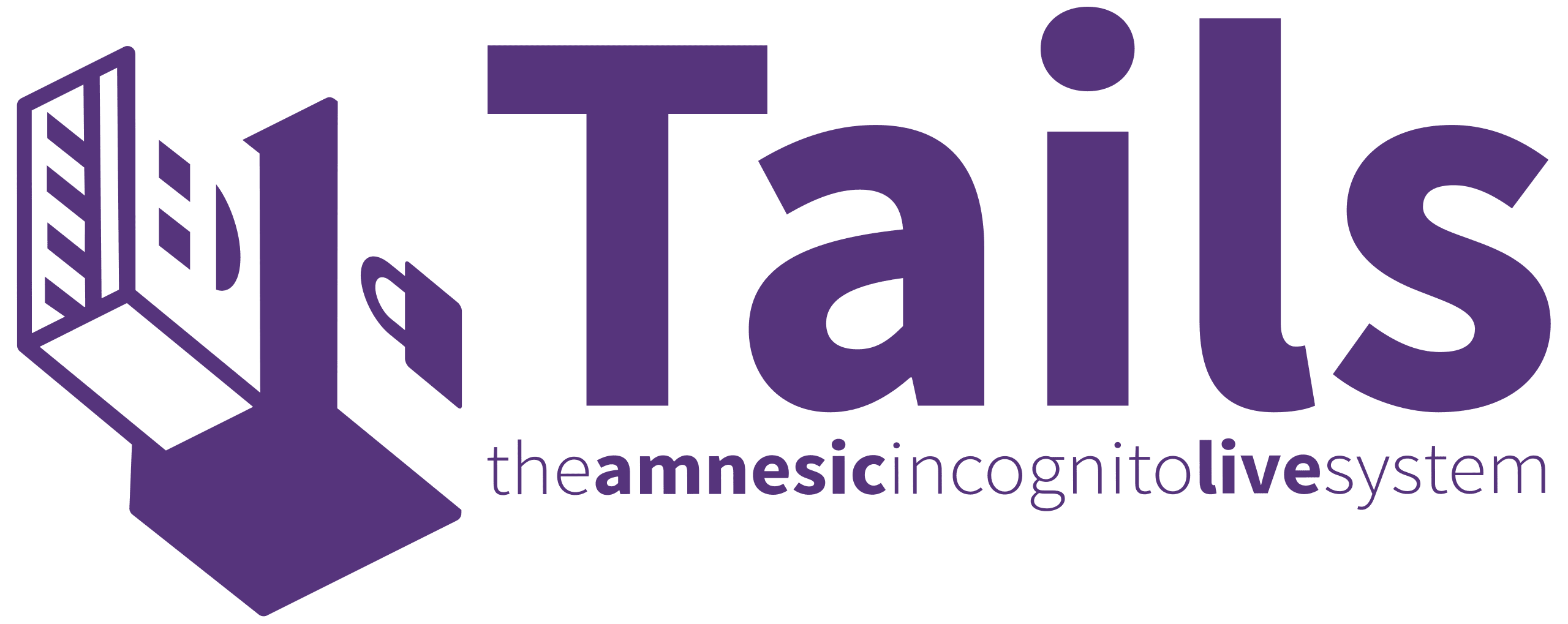










No mention of Rocky Linux? After the announcement that CentOS was going away, we spent a long time analyzing alternative Linux distros and decided to transition all CentOS and most Red Hat servers (if the application vendor will allow/support it) to Rocky 8 or 9. It is that close of a match to Red Hat without the exorbitant high cost.
Rocky are trying hard, but at the end of the day they don’t stand out from the crowd. If you just looking for free stable OS you go Debian or maybe Rocky if you prefer that way of doing things.
If you are looking for enterprise support you go Ubuntu/SUSE/Red Hat/VMware/Microsoft, picking which one suits your business needs/size.
Red Hat has done more for Linux then just about any other Linux offering in the world and now they are targeting the higher end of the market, rightly so because there is less competition to them there. Why do they want to fight for small companies who are more concerned with trying to get away without paying a penny and probably only use tools which you can find support for on a forum. Red Hat offers tools to another level which majority of Linux users have no experience or understand of, and so don’t understand the price they charge.
The problem isn’t Red Hat’s they will still keep the big guns with the big wallets, haters are hating because they are too afraid to just admit they don’t actually understand what is going on and that scares them.
Has SELinux been fixed on Ubuntu? My understanding is the package available in the Ubuntu repos is woefully out of date and in my experience regularly breaks the system on reboot. Is there a third party repo thats more up to date?
Linux_Dogmin, Thank you for the comment! I have seen that Ubuntu’s SELinux isn’t well maintained. They definitely prefer you to use AppArmor from what I have seen.
Brandon
What about Oracle Linux as alternative to RHEL?
Rimz, Thank you for the comment! Yes great shout for Oracle Linux. Definitely a good alternative for RHEL.
Brandon
There are plenty of options aside from Oracle Linux and all of them should be considered before Oracle Linux. Getting involved with Oracle at any point in your stack is like playing with a loaded gun. There are many companies and organizations that have been hit hard by Oracle coming after them due to vague licensing terms. Oracle is a company that often operates like a mobster during a shakedown. Their products are a pit of snakes.
This. Avoid Oracle at all costs
Great news keep updating us
Have a great day
Thank you GGG, will do!
Brandon
You failed to mention that Nutanix also runs a file server on it’s cluster. It’s convenient that you can run both hypervisor and file server on the same cluster/hosts.
Brian, thank you for the comment and great shout out on Nutanix file server capabilities. I think it will be a great option for those who want to pivot from VMware.
Brandon
You don’t have Red Hat products listed here. Like Red Hat OpenShift container platform which is Kubernetes based and has (Kube) Virtualization too.
Then for other usage, Red Hat Enterprise Linux is not only secure but also standard for most of the commercial software. And no mentioning (at all) ICT automation tools, like Red Hat Ansible Automation.
Henri,
Thank you for the comment! Take a look under the File server section. I think there are better purpose-built OS’es for Kubernetes out there to be honest like Talos, which is very small and immutable. But RHEL is one of the best all around OS’es out there.
Brandon
Hi,
Well, I’ve been running TrueNAS Core (Previously FreeNAS) for well over a decade, and it’s been faultless. Your classification of FreeBSD being a con is IMO totally unjustified, and quite incorrect. FreeBSD is a rock solid robust OS. I work a senior Linux administrator, for well over 20 years, and I prefer FreeBSD over Linux based OS’s any day of the week. It’s a true server OS, not a cobbled together OS, and it’s trusted by many major vendors as being their OS of choice for major server based workloads.
Rant over.
Thank you for the comment wouldnt-normally-comment-but 🙂 Really, the only listing of FreeBSD as a con to clarify is due to the lack of the most up to date hardware support in terms of drivers. However, I can see this would be a case-by-case basis, depending on the hardware you run. I think also many are more familiar with the Debian ecosystem than FreeBSD. But no shade on FreeBSD from the standpoint of being stable and reliable.